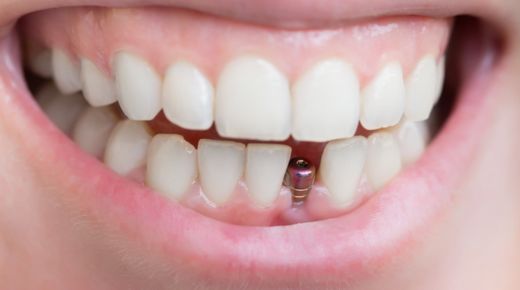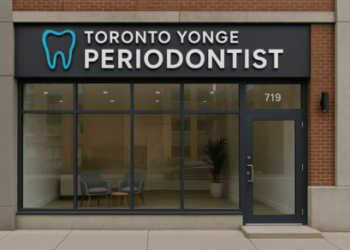
A dental implant replaces a missing tooth. The surgeon inserts a screw-like device into the jawbone, using it as an anchor to attach an artificial crown. The artificial tooth is connected to the implant by an abutment. Crowns are custom-made to match the color and fit of each person’s mouth, designed to look, feel, and function like natural teeth.
Benefits of Dental Implants
Implants have many advantages. They are more comfortable and natural compared to dentures and have a higher success rate. Implants also improve chewing ability, reduce the risk of cavities in nearby teeth, and help preserve the bone where the tooth was lost. Additionally, they decrease sensitivity in nearby teeth and eliminate the need to remove and clean dentures every night. However, dental implants aren’t suitable for everyone. The implant must bond with the jawbone, so a healthy jawbone is required before surgery.
Types of Dental Implants
There are two main types of implants: endosteal and subperiosteal. The most common type is the endosteal implant, where the surgeon places the implant directly into the jawbone. Each implant can hold one or more artificial teeth. Subperiosteal implants are placed on top of the jawbone and are chosen for patients with low jawbone height.
Safety of Dental Implants
According to the American Academy of Implant Dentistry (AAID), around three million people in the United States have dental implants, with about half a million new implants each year. When performed by a qualified and experienced dentist or surgeon, dental implant surgery is safe. It is the only dental restoration method that stimulates and maintains jawbone growth.
Risks of Dental Implants
Not everyone can have dental implants. It is unsafe for dental surgeons to operate on patients with acute illness, uncontrolled metabolic diseases, or bone or soft tissue infections. Once these conditions are resolved, surgery may proceed. In certain cases, dental surgeons avoid operating on patients with heavy smoking habits, teeth grinding or clenching, or behavioral or psychiatric disorders. Patients with conditions like HIV, diabetes, osteoporosis, or AIDS also have a higher risk of implant failure. Additionally, dentists may refuse to operate on patients undergoing bisphosphonate treatments for bone disease, chemotherapy, or radiation therapy to the head and neck.
Complications of Dental Implant Surgery
Complications can occur during or after the procedure, including nerve damage that causes altered sensations, incision opening after surgery, implant movement, implant exposure above the gumline, or infection. If the implant moves or becomes exposed, additional procedures may be needed to improve the bone and gums or replace the implant. Signs of implant failure include implant mobility, pus or discharge at the site, pain when tapping the implant, and rapid, progressive bone loss.
Additional Procedures for Dental Implants
Each patient’s experience with dental implants is unique, depending on factors such as the number of teeth being replaced, the placement of the implant in the jaw, the bone quality and quantity at the implant site, and the patient’s overall oral and general health. Additional procedures may be required. For example, sinus augmentation may be necessary if the sinus position makes implant placement difficult in the upper jaw. This procedure lifts the sinus floor to encourage bone growth and improve implant success. Ridge modification may also be needed if a jawbone deformity prevents enough bone from growing. The surgeon lifts the gum to expose the bone and rebuilds the area with bone or bone substitutes.
Dental Implant Maintenance
After getting dental implants, patients must continue to brush and floss like they would with natural teeth. Regular dental visits, including professional cleanings every six months, are important to ensure the implants and surrounding gums stay healthy.
Cost of Dental Implants
Several factors affect the cost of dental implant surgery, including the number and type of implants needed, the location of the implants, and any additional procedures required to prepare for surgery. During an initial exam, a dentist can estimate the cost. Some dental insurance plans may cover part of the expense. Although bridges are a cheaper alternative, they can be harder to clean and need more frequent repairs, increasing long-term costs. With proper care, dental implants can offer a longer-lasting solution. Ask your dentist if dental implants are right for you.
This article was written by an expert at Elite Dental and Orthodontics. Your partner for Dental Implants El Segundo CA Elite Dental is committed to providing exceptional dental care to bring smiles to life. Our experienced team will guide you to optimal oral care in Los Angeles.











